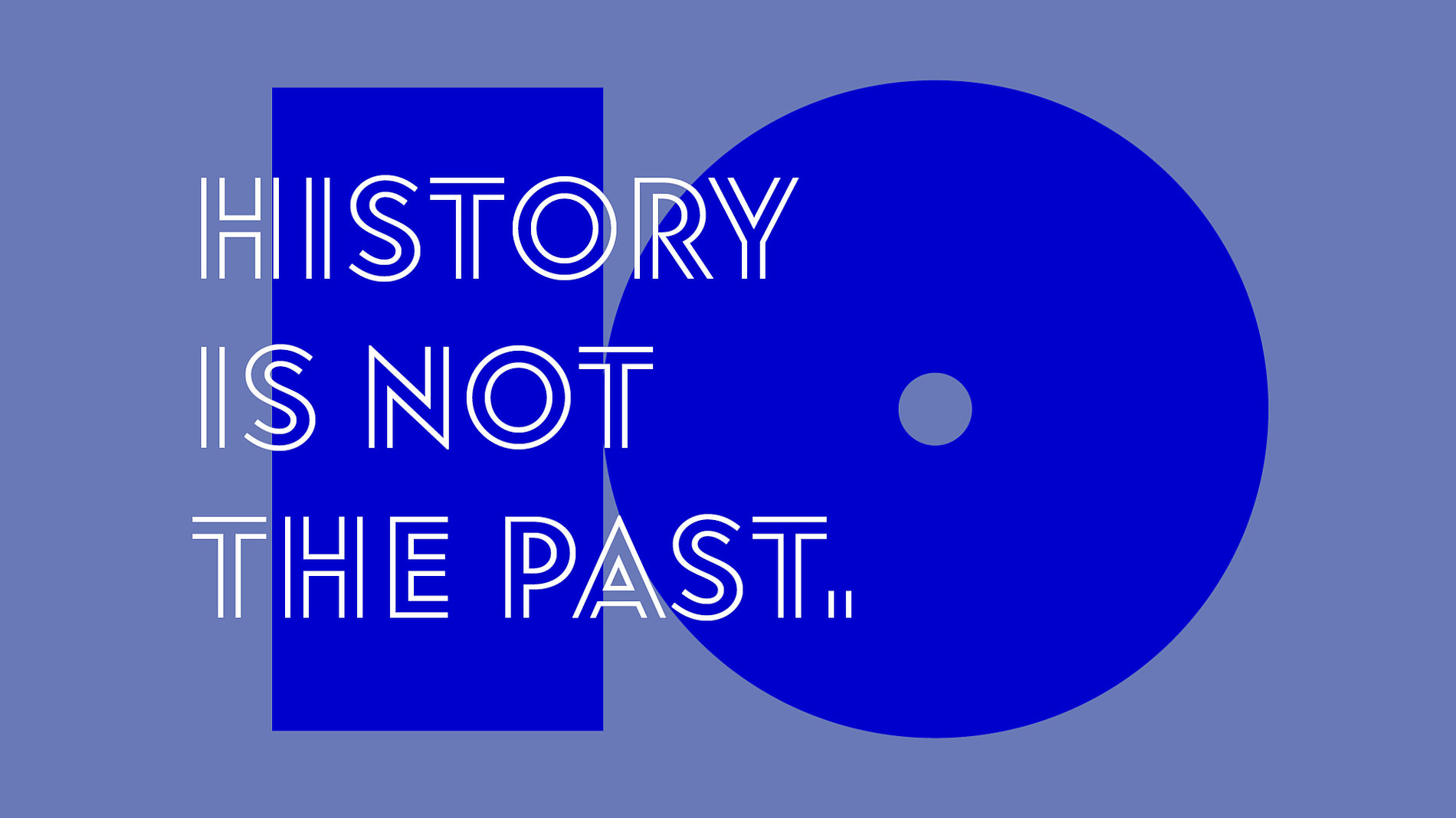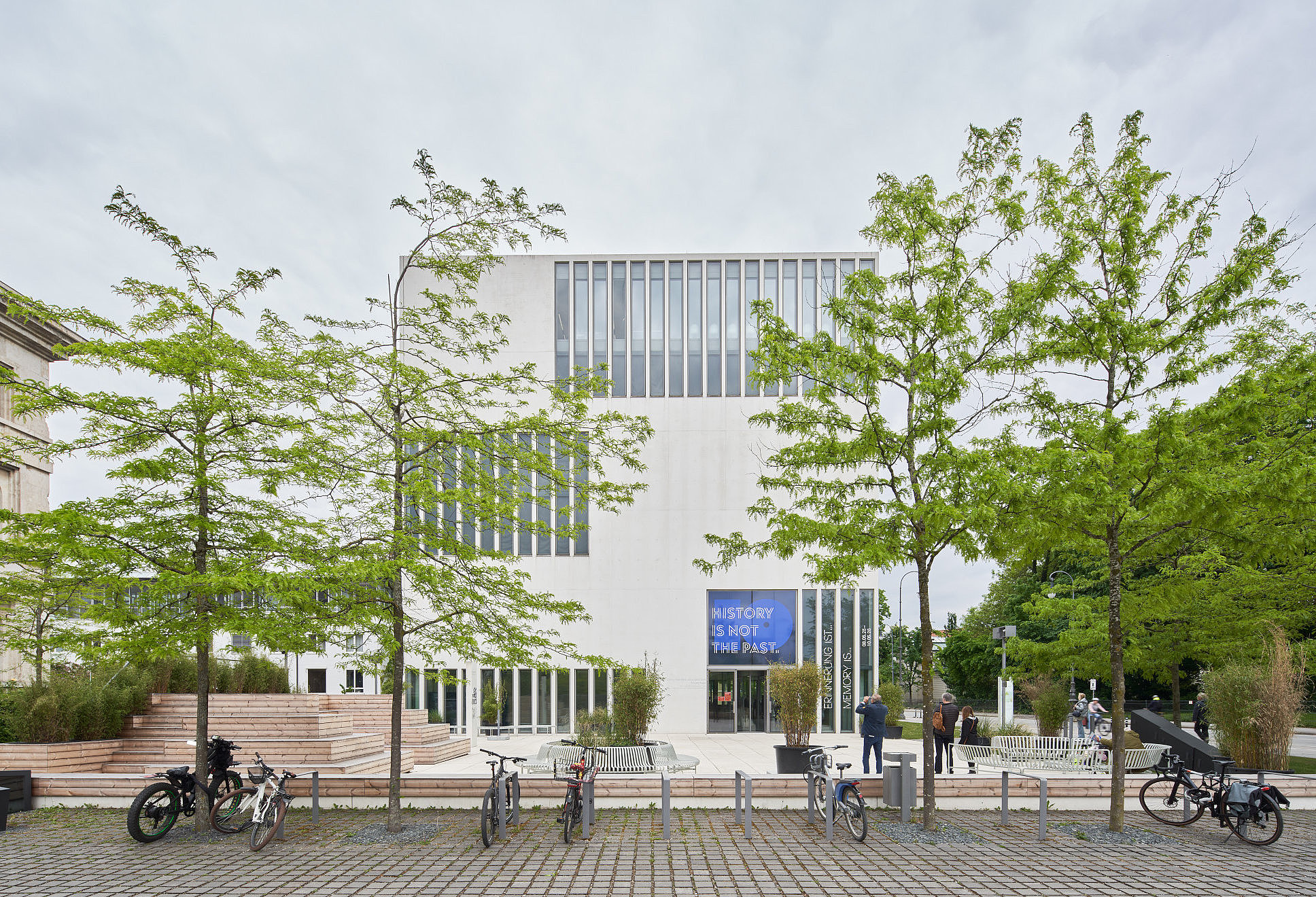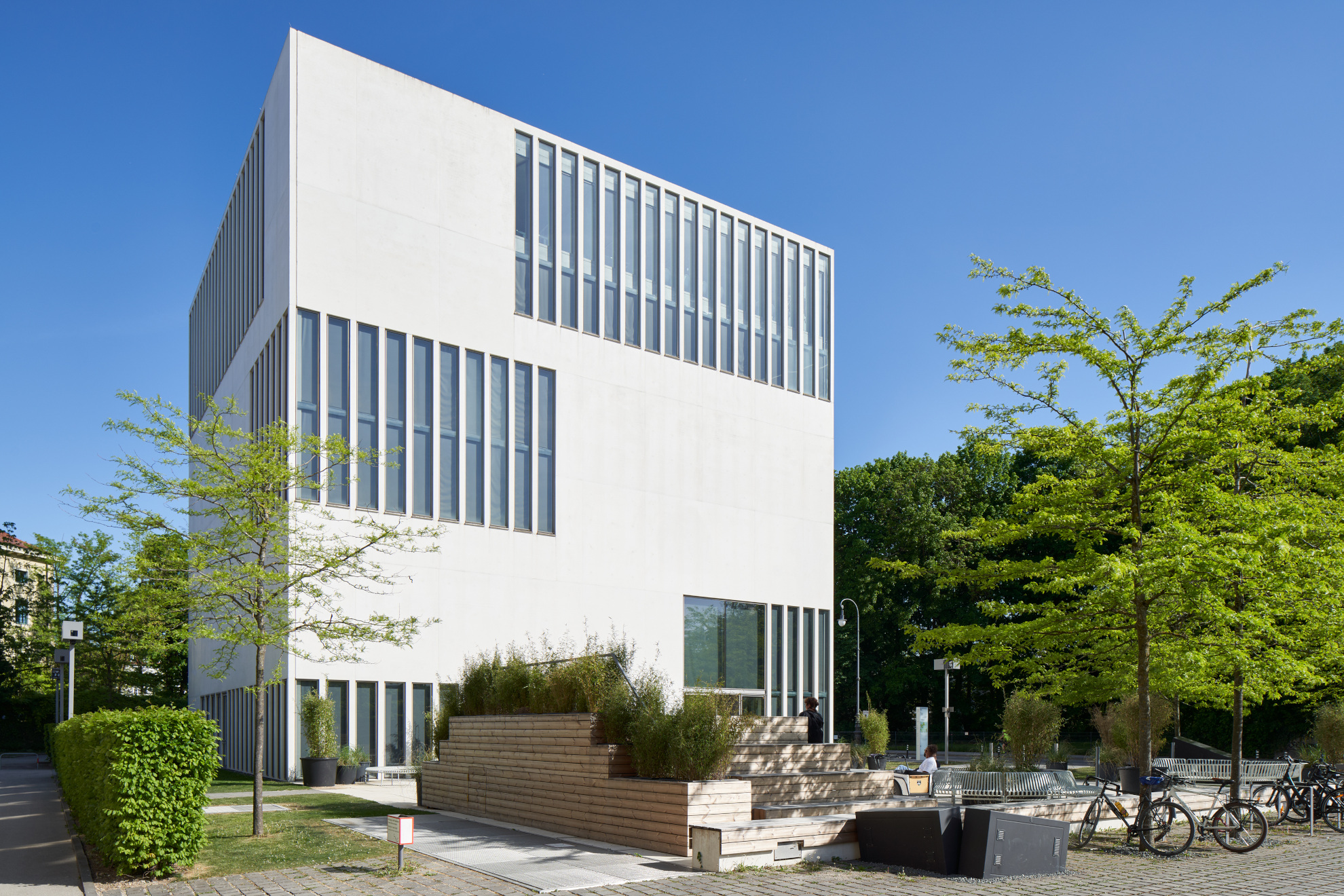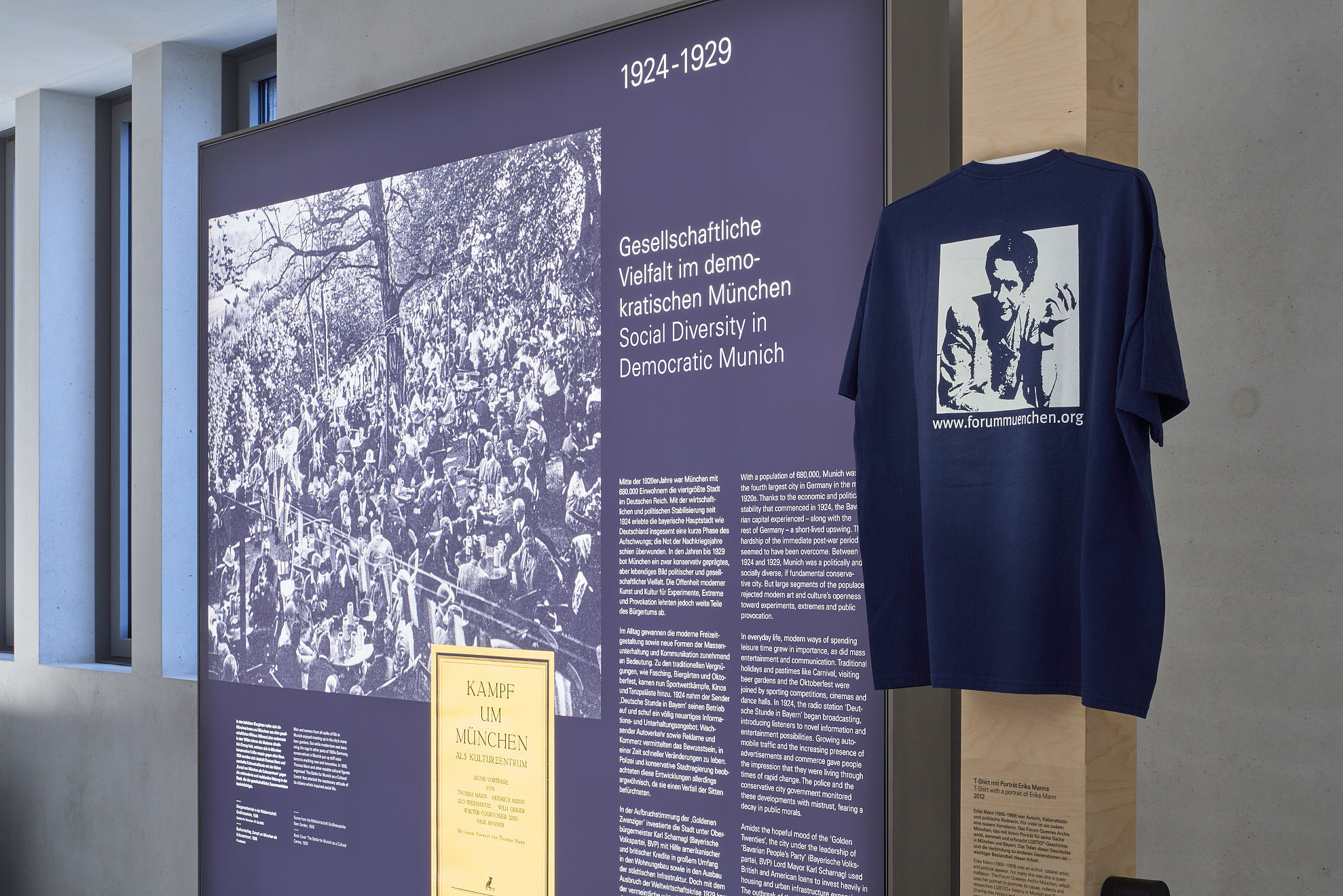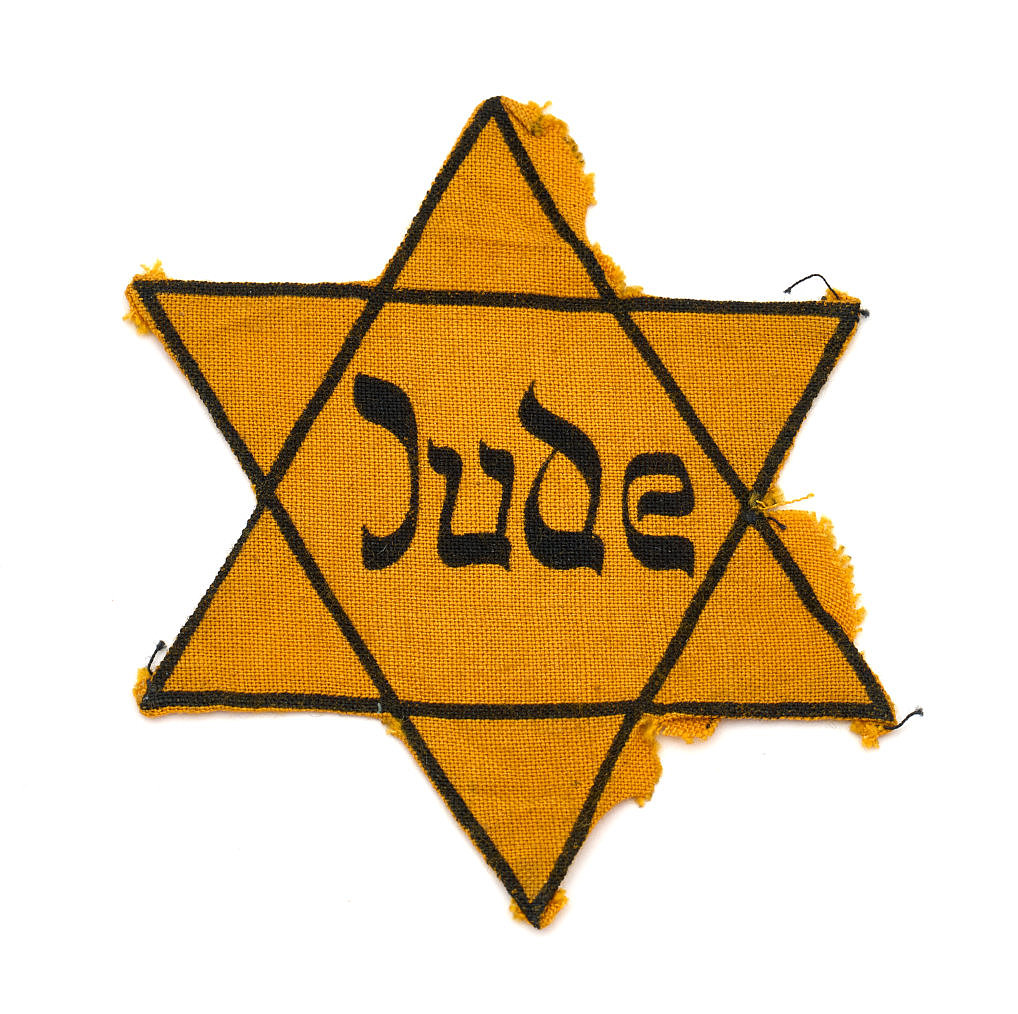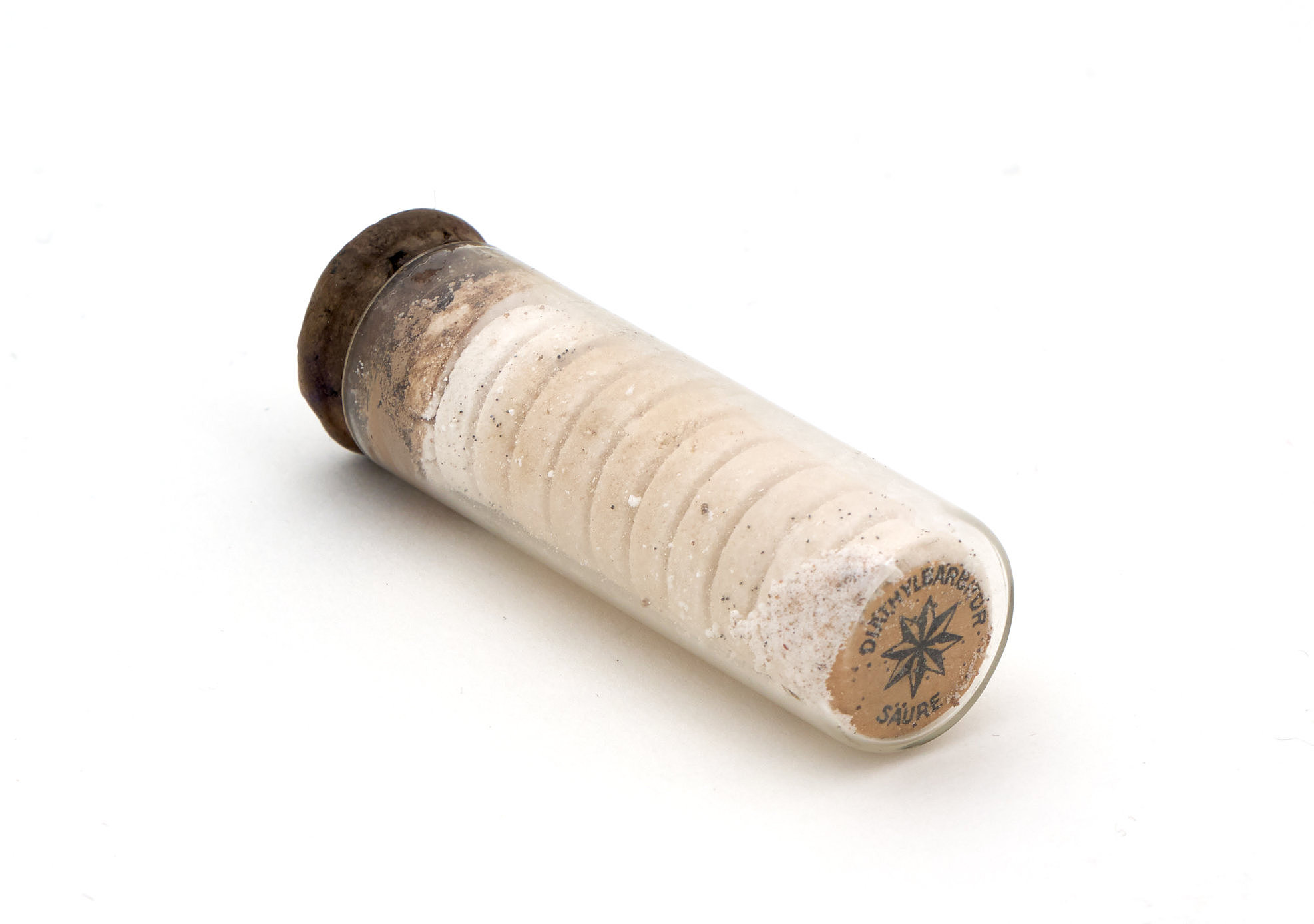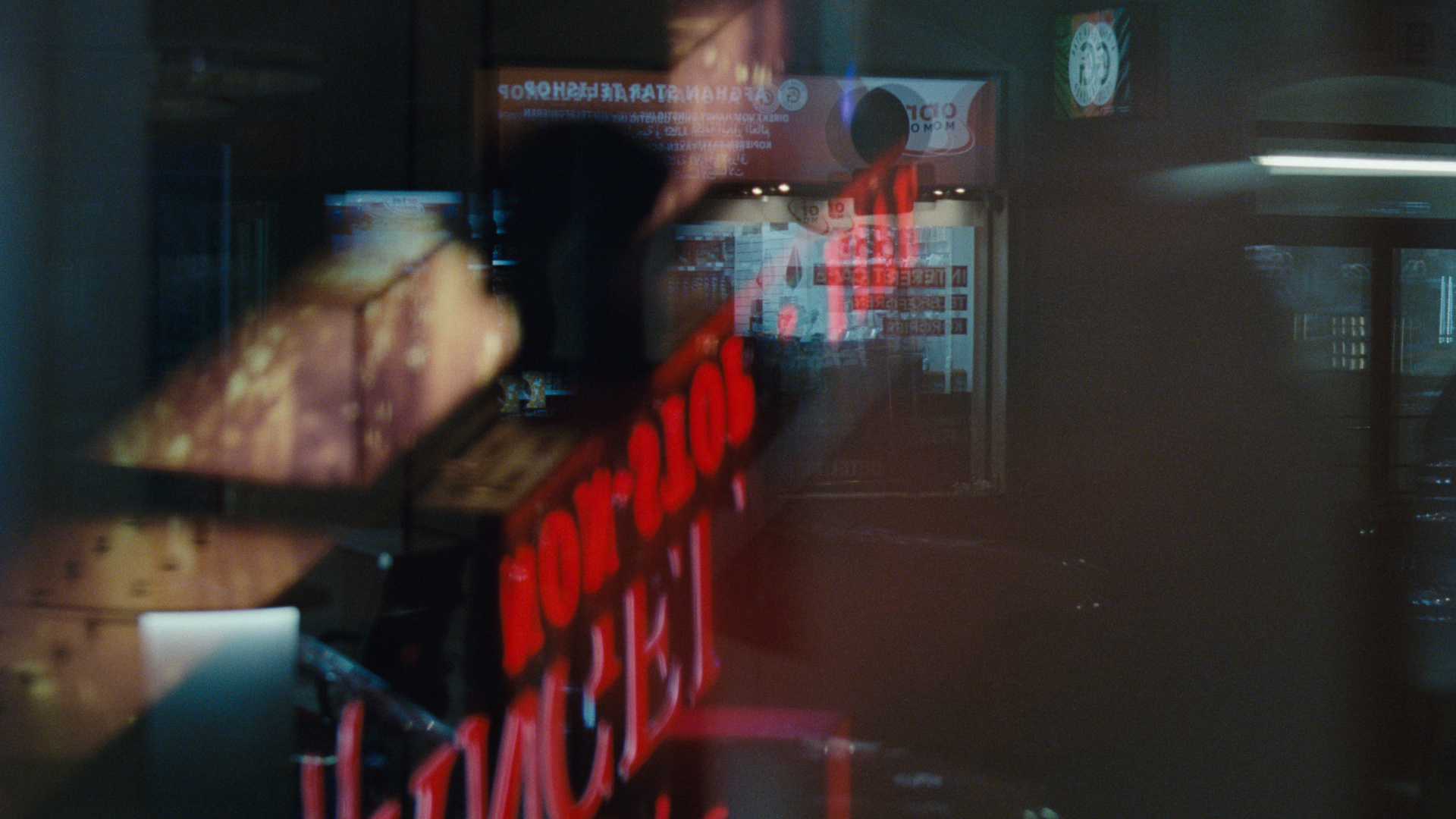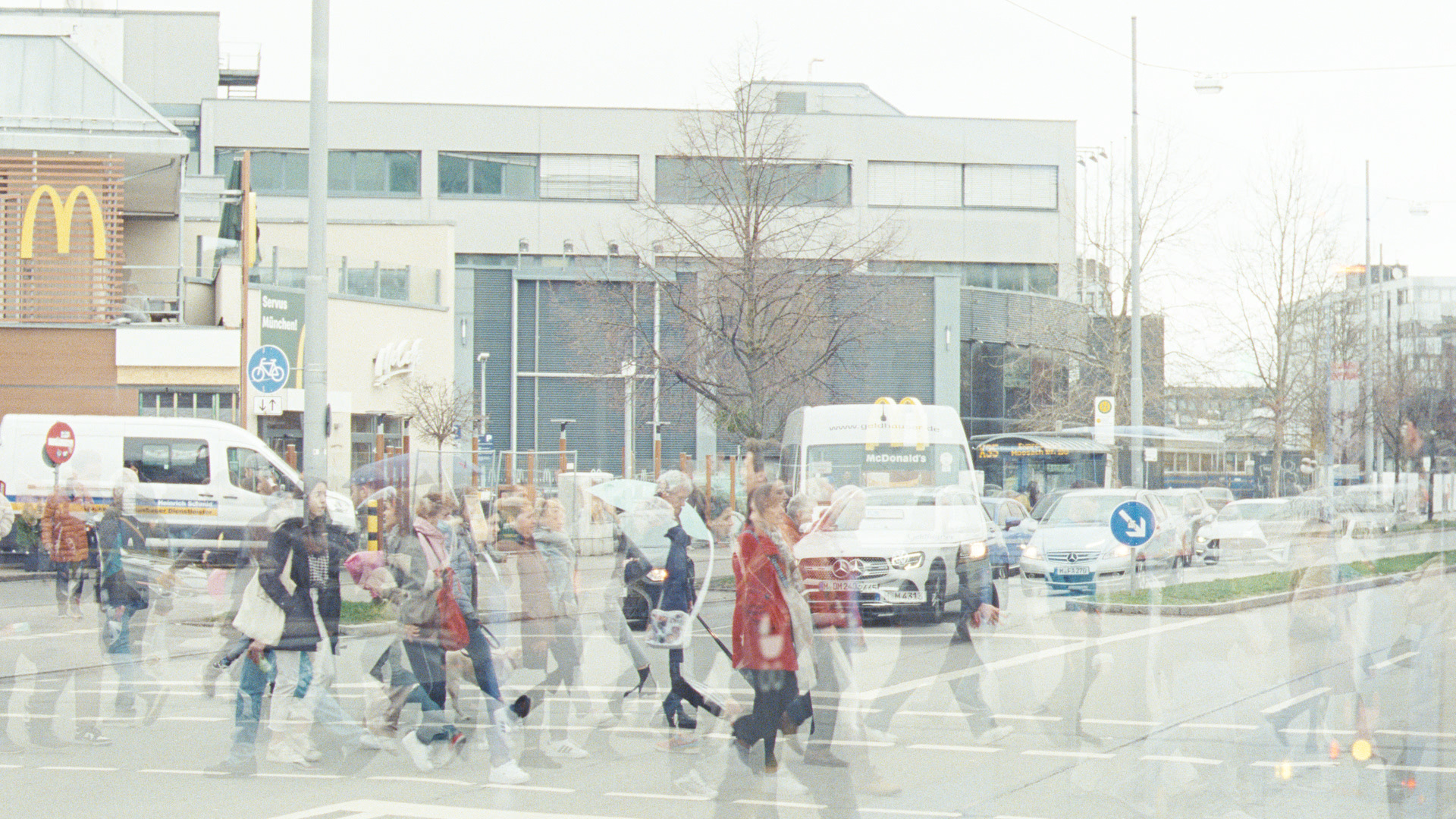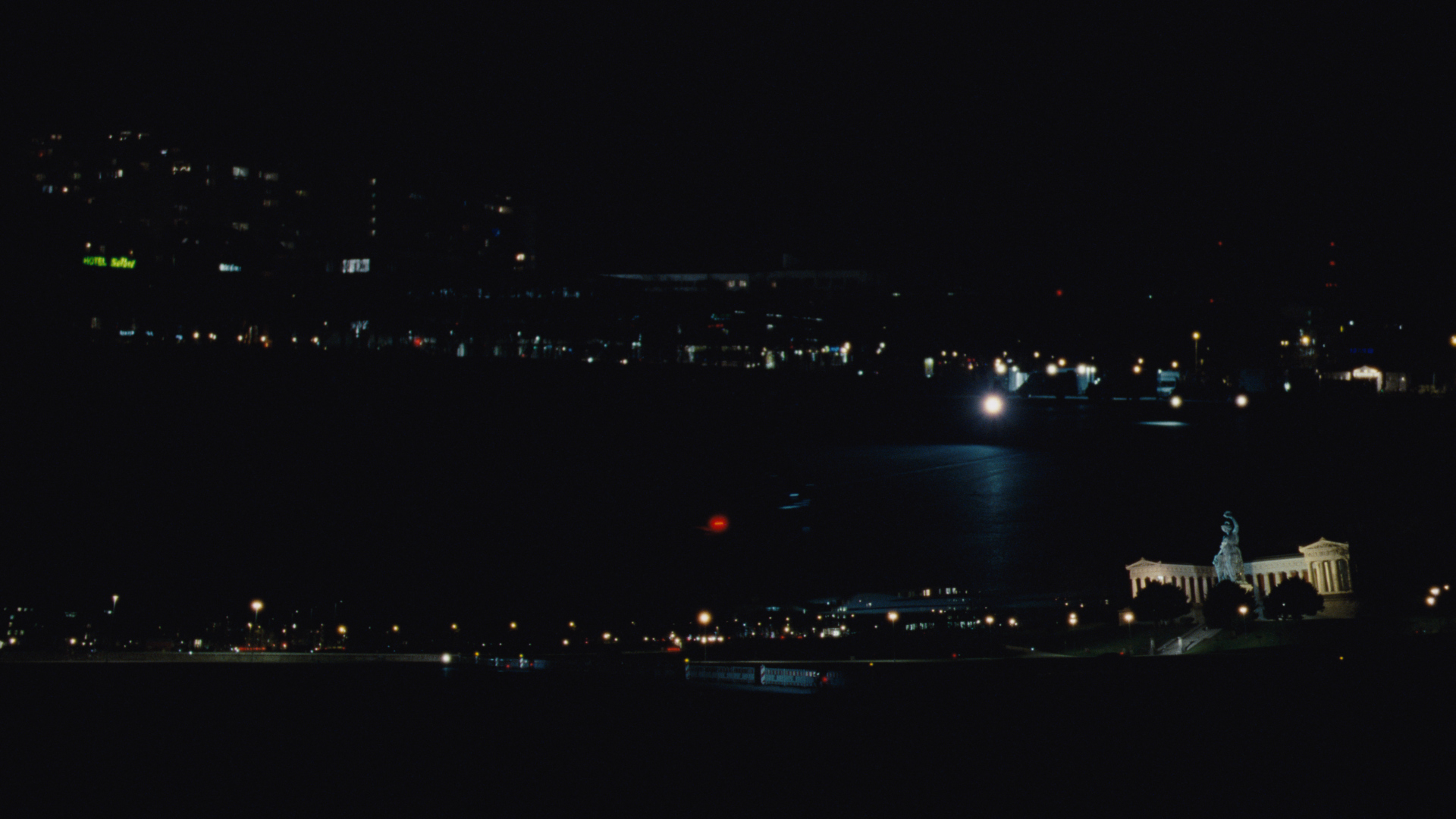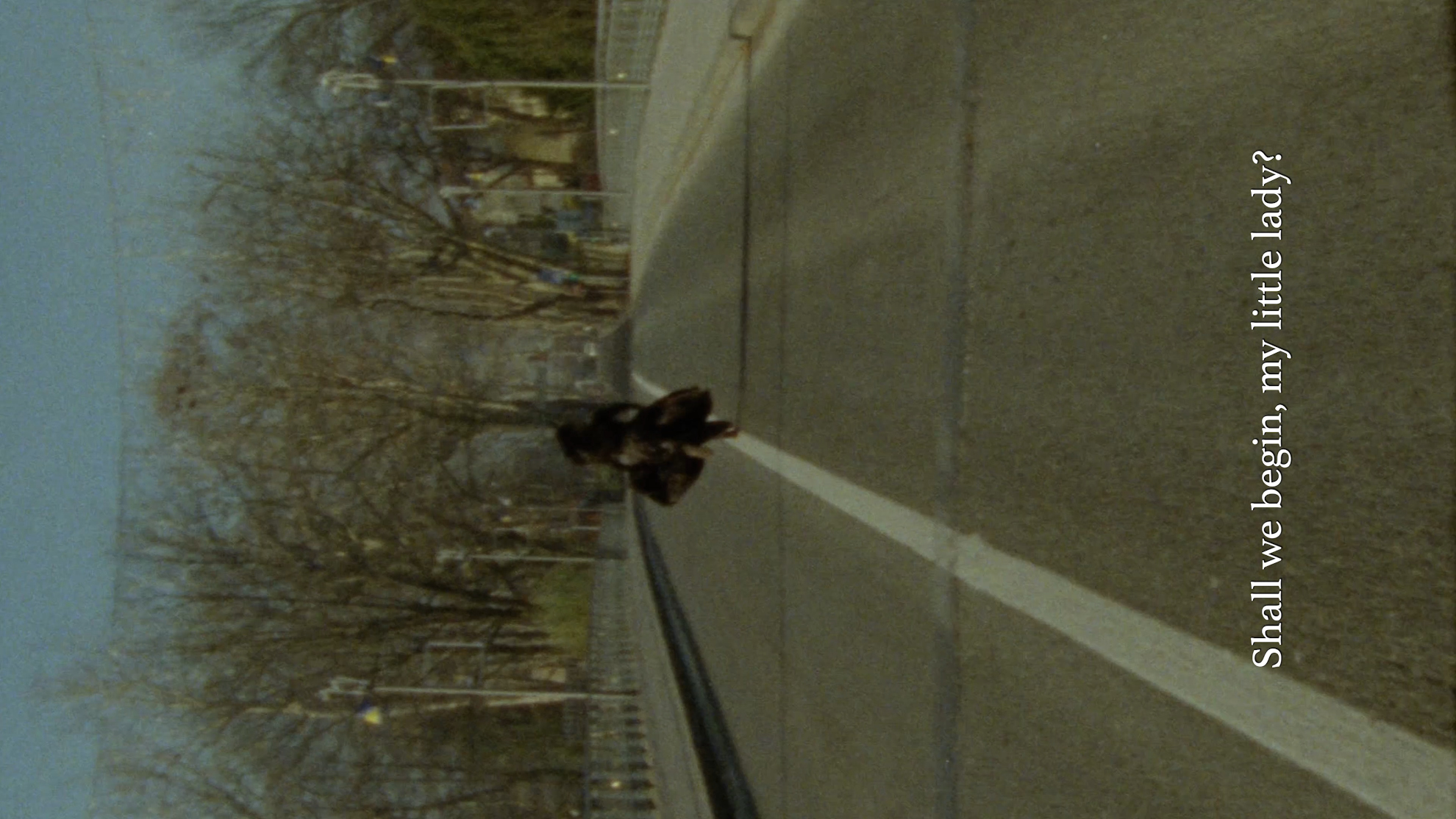On May 8—the eightieth anniversary of the end of World War II—the Munich Documentation Center will open its doors again following five months of reconstruction work. May 8 also marks ten years since nsdoku first opened in 2015. In the meantime we have received more than a million visitors.
Much has happened in the past ten years to change and enhance the work of nsdoku. On our anniversary we look back on a period of intensive activity, on changing topics, some of which have become permanent fixtures in our program. But we also look forwards as we embrace the challenges and opportunities of the present. Even more than in the past, we are striving to make nsdoku a place that people enjoy visiting, a place where they can go for information, to engage in dialogue, seek solutions, and talk and laugh with one another. Our reconstruction measures and the substantial work we have done over the past five months have created the basis for this.
In 2024 we developed the concept Open Doors together with the design bureau Studio Miessen. Thanks to this concept our building now has a lively forecourt and several new spaces for people to meet. At the same time, we have improved our barrier-free access and our security, particularly in the entrance area and the Events Hall. The furniture modules with which these areas are now equipped offer more flexibility for our events and educational programs. Communication spaces have also been created on the first floor. These can likewise be used flexibly. In order to offer visitors a place to go when they are not attending exhibitions or events, we have installed a cafe and bookstore on the ground floor. Here visitors can browse books and catalogues while enjoying a cup of coffee. Other drinks and snacks are also available.
In addition to the new structural and architectural features, we have developed a program of educational offerings, events, exhibitions, and interventions to coincide with the reopening. Our media guide, which can be used free of charge, has also undergone a technical upgrade and redesign using the program fabulAPP – Baukasten für digitales Storytelling im Museum developed by the Landesstelle für die nichtstaatlichen Museen in Bayern (Association of Non-State Museums in Bavaria), and funded by the Bayerische Sparkassenstiftung.
The new seating elements have been integrated into our educational work, allowing us to use formats other than guided tours and seminars. The reconstruction of the stage in the Events Hall now permits us to put on more flexible and more interactive events. We will already be making use of these features during our reopening program on May 8, from 1 pm onwards, and on the anniversary weekend following it. The program includes workshops, discussions, and much more besides. On the evening of May 8, we invite visitors to attend a musical and literary performance devoted to democracy, remembrance, and art, staged together with the University of Music and Theater Munich in its main concert hall. On the weekends we will be offering a number of innovative formats, such as the performance by Stegreif - The Improvising Symphony Orchestra (May 10, 7 pm) or the children’s workshops Deine Stimme zählt! (Your Vote Counts, May 10, 10.00 am; May 11, 11 am). The symposium Reeducation 2025, curated by Lena Gorelik, is scheduled for May 17. This will take a critical look at German remembrance culture. Two discussions will address the question of how precisely we can remember the events to which “Never again” refers. Parallel to this there will be a reading of József Debreczeni’s Kaltes Krematorium. Bericht aus einem Land namens Auschwitz (Cold Crematorium: A Report from a Country Called Auschwitz) lasting several hours and read, among others, by Iris Berben, Olaf Nicolai, Ursula Münch, Udo Wachtveitl, and Till Hoffmann.
There will be new things to see in the exhibition area, too. For one year the object intervention Erinnerung ist … (Memory is …) will supplement the permanent exhibition at nsdoku and expand its narrative with new stories. In the video installation overexposed/underexposed the film-makers Daniel Asadi Faezi and Mila Zhluktenko investigate eight places in Munich that carry a history of terrorist violence.
Memory is …
Intervention with objects and their stories
May 8, 2025 – May 10, 2026
A hat, a puppet, a tablet tube, a beer mug. What memories are associated with these things, what stories do they tell? What do we want to learn from them? For one year, 22 objects will complement the permanent exhibition Munich and National Socialism. Large and small, everyday and more unusual objects will add a new dimension to the content of the permanent exhibition, serving as commentaries and supplementing the information there. They will allow us to access history through our senses, providing starting points for individual and collective memories.
Each object is accompanied by a commentary, written and spoken by contemporary witnesses, heirs, activists, artists, and scholars. They approach the object in question from their own personal perspective, providing background and placing it in a broader context.
On nsdoku‘s tenth anniversary Memory is … invites visitors to reflect collectively on our relationship to the past: How do we remember? What do we remember? And how can painful and distressing experiences be portrayed and communicated today?
overexposed/underexposed
Video installation by Daniel Asadi Faezi and Mila Zhluktenko
May 8 – October 19, 2025
Since the 1970s, Munich has repeatedly been the scene of far-right extremist, racist, and antisemitic terrorist attacks. The struggle to clarify these crimes and to commemorate their victims continues to this day The attacks have left the victims and their families with deep wounds. How can a city find a way of confronting this history of violence and embedding it in its collective memory? The video installation overexposed/underexposed by Mila Zhluktenko and Daniel Asadi Faezi creates a focused space in which to reflect on this question.
The film that forms the centerpiece of the installation was made in Munich in March 2024. Using a single roll of analogue film, the camera captures eight places in the city where people fell victim to far-right, racist, or antisemitic terrorist attacks between 1970 and 2016. Some of these crimes are known far beyond the city limits, others have yet to find a lasting place in the collective memory. Each act of terror has its own story and yet they are all related. The film by Daniel Asadi Faezi and Mila Zhluktenko draws connections between these individual events, opening a new perspective on places that appear everyday to most of us, yet for the survivors, relatives, friends, and families of the victims they are associated with traumatic experiences, pain, grief, and anger.
In each case the film footage was shot at the time the attack happened, ranging from the early hours of the morning (the attack on the Israeli team at the Olympic Games on September 5, 1972, 04:35 am) to shortly before midnight (arson attack on the “Liverpool“ nightclub on January 7, 1984, 11:26 pm). The unedited footage was shot on analogue film. Between each take the roll of film was repeatedly wound back, so that in some places it was exposed multiple times. This technique produces random superimpositions and unexpected light effects. The soundtrack accompanying the images lends the film an additional narrative level. It consists of recordings made both outside and inside the buildings. The film is presented as a loop, producing a continuously repeating narrative, following the course of a single day so that past, present, and future seem to overlap as do the scenes of the crimes. This creates a focused space for reflection, contemplation, and remembering.
The installation overexposed/underexposed is an extension of the permanent exhibition Munich and National Socialism and expands on it with a new aesthetic experience. The project is simultaneously intended as a memorial in film, dedicated to the memory of the victims of the attacks.
Preview fall 2025
… so that the noise of war subsides, its roar
October 30, 2025 –July 12, 2026
The exhibition … so that the noise of war subsides, its roar brings together works of art concerned with the repercussions of war in Europe and elsewhere since 1945. The works deal with both continuities of violence and the new orders that emerged from the collapse caused by the war. The focus is on external and internal landscapes that defy any unambiguous representation. They are portrayed as testimonies to resistance, as places of refuge, as living archives, or as imaginary spaces for future things. Postwar landscapes carry the traces of past conflicts that evade “normalization” processes and continue to resonate in both social and ecological living environments.
The works portray multi-layered relationships between space, time, and memory beyond political norms. The multiple crises and wars of the global present demand that we take a critical look at the past and at how we deal with the histories of violence that have left their mark on Europe and the world since the end of World War II. The exhibition asks which experiences have remained excluded from the collective memory and which aspects have failed to be taken into account. But they also go one step further, construing the potential of memory as a an orientation for the future.
Artists: Chantal Akerman, Hiwa K, Tarik Kiswanson, Selma Selman, Sung Tieu, Miloš Trakilović, Ian Waelder, Leyla Yenirce, and others
Curator: Juliane Bischoff
Assistant curator: Chris Reitz


